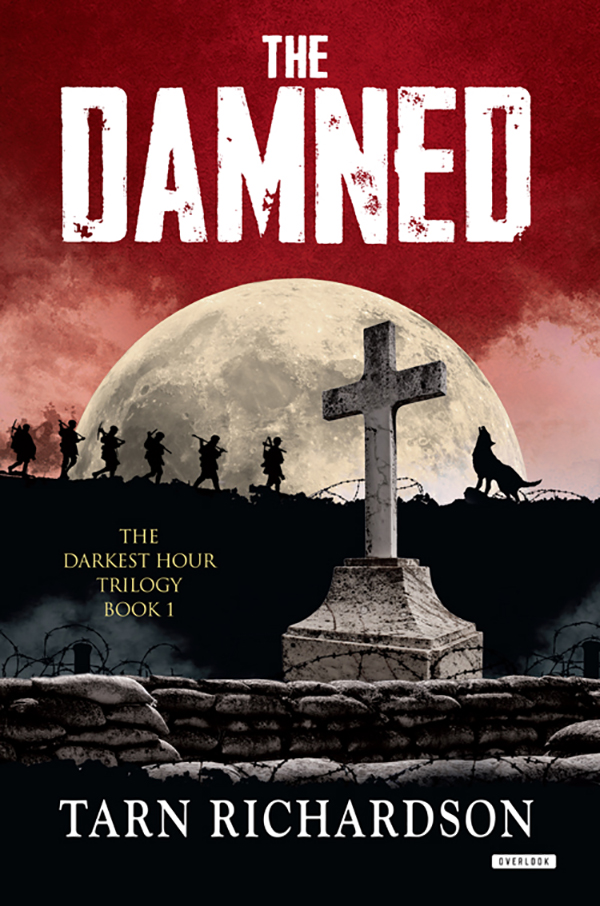
The Damned
The Darkest Hand Trilogy, Book 1
کتاب های مرتبط
- اطلاعات
- نقد و بررسی
- دیدگاه کاربران
نقد و بررسی

November 23, 2015
Richardson’s promising, if uneven, debut (the first of a planned trilogy) is set mostly in France and mines the rich history and horrors of WWI, mixed with some unusual supernatural elements.
In 1889, after young Poldek Tacit’s
parents are murdered, he’s taken under the wing of Father Adansoni of the Catholic Church. The last thing Father Adansoni wants is for his charge to become an Inquisitor, but Tacit has a calling, and he soon learns how to fight and destroy anything that goes against the teachings of the church, implementing brutal methods to achieve his goals. In 1914, in the midst of attacks by the German army, Tacit joins up with Sister Isabella to find out who or what is behind a series of gruesome murders of Catholic clergy. Meanwhile, in the trenches, something inhuman preys on the soldiers. Richardson does a wonderful job of setting the scene; there’s plenty of atmosphere. But the narrative skips back and forth in time, making for a choppy read. The historical elements are fascinating, as is the author’s twist on the werewolf mythos, but the brooding, conflicted Tacit is the most compelling element. The conclusion will leave readers looking forward to the next installment.

January 1, 2016
Richardson opens his Darkest Hour trilogy in the trenches of World War I near Arras, France, there to watch English and German soldiers fall prey to werewolves. It's 1914, but Richardson imagines that the Inquisition, that "vile and uncouth relic of a past age," has continued across the centuries, with the worst of its "fallen deviants" exiled into the "abyss of lycantropy"--turned into werewolves. After a priest's murder, Poldek Tacit, an Inquisitor, has been dispatched to Arras. Tacit is Polish, the only survivor of a family massacred by Slovaks, and he's Richardson's most fully developed and intriguing character--shell-shocked by his family's death, singularly focused on duty, psychologically warped, a taciturn giant who lives on brandy. The Vatican is wary of him. There's speculation over how he bears the "weight of his celibacy." Sent along to watch over Tacit is Sister Isabella, "who looked more like a prostitute than a patron of divinity." Contrasting with the cascade of minor characters bearing ecclesiastical titles, Richardson offers deeply affecting descriptions of war's barbarity through the eyes of platoon leader Lt. Henry Frost. Hidebound stupidity, obtuse brutality, and general incompetence mean Frost must cope with a commander who disciplines with summary executions and suicidal frontal attacks. It's war and other evils that bestir Hombre Lobo, and the werewolves emerging from caves might serve as complex metaphors for modern theocratic violence. Frost finds empathy in the arms of a beautiful free spirit, Sandrine Prideux, whose character dominates the later part of the book. Richardson is a gifted wordsmith. His descriptions of transformation from human to wolf, wolf to human--"coarse hair covering the beast's body receding and sinking back into the beautiful cream skin"--are alone worth the price of admission. Allegorical and erudite, this imaginative first volume establishes a world, a monolithic villain, and a catapult for Tacit and Isabella, Sandrine and Frost to confront the evil lurking in the volumes to come.
COPYRIGHT(2016) Kirkus Reviews, ALL RIGHTS RESERVED.

























دیدگاه کاربران